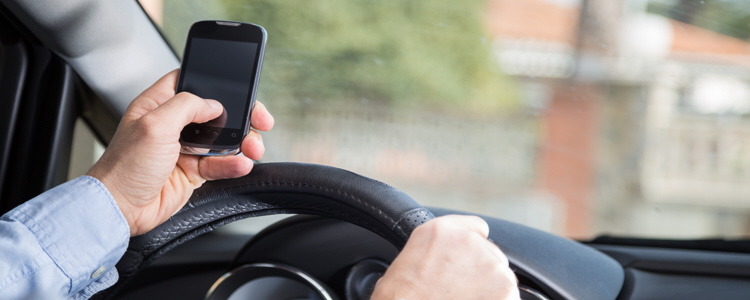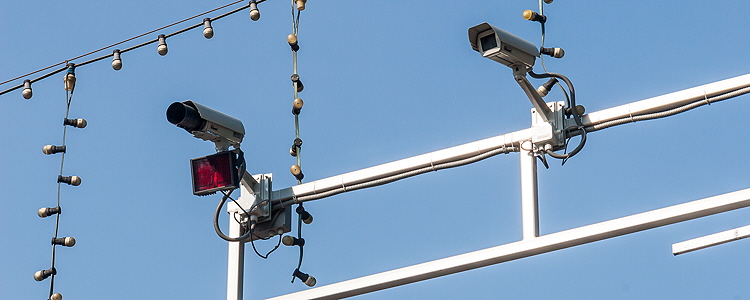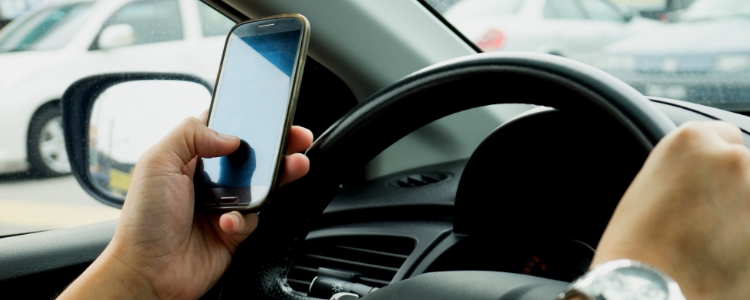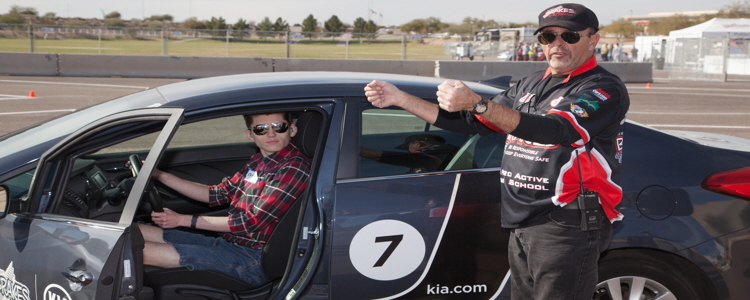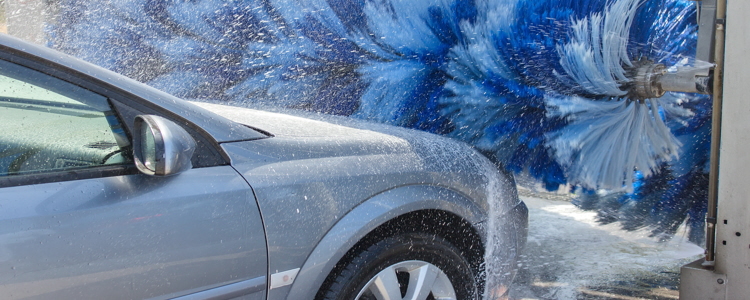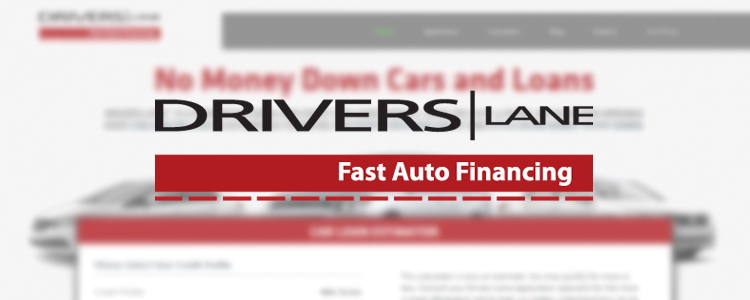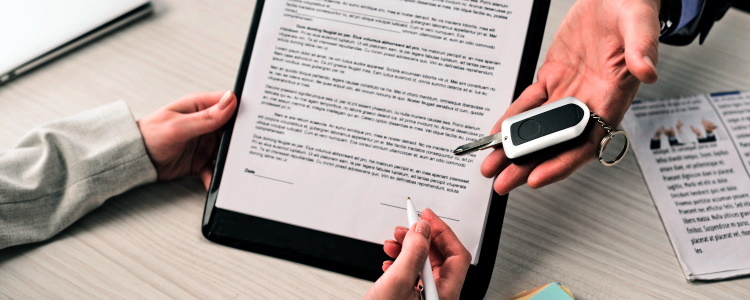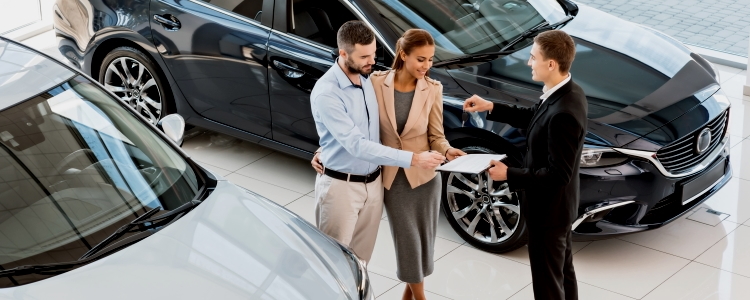This April, get involved with Distracted Driving Awareness Month by challenging yourself to be distraction-free every second you are behind the wheel. Statistics and hard evidence support the fact that traffic accidents can easily occur when drivers engage in activities that steal their focus away from the road.
Even if you think that what you "need" to do will only take a second, a second is all that it takes for a collision to be set in motion.
"Decide to Drive" Tackles Distracted Driving
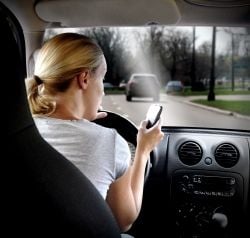
According to the U.S. Department of Transportation, there were approximately 431,000 people injured in distracted driving-related crashes in the U.S. in 2014. And with more people than ever being engaged in social media and cell phone use while driving, the problem seems to be getting worse.
In order to raise awareness about the dangers associated with distracted driving, the American Academy of Orthopaedic Surgeons (AAOS) and the Alliance of Automobile Manufacturers (Auto Alliance), launched the Decide to Drive program in 2009. Through an interactive website (decidetodrive.org) and a strong social media presence, the organization urges drivers to "Decide to Drive" by avoiding texting, eating, talking on hand-held phones, applying make-up, etc.
About the importance of such an initiative, Gloria Bergquist, Auto Alliance vice president of communications and public affairs, has said:
"Automakers have been working to help drivers keep their eyes on the road and hands on the wheel since we developed the first set of driver focus guidelines more than a decade ago. It's good to see programs such as this one build on our early steps to make a difference. The Decide to Drive initiative has taken a multi-pronged approach to reaching drivers of all ages and stressing the importance to reducing distractions of all kinds while on the road."
In order to really illustrate what they mean by distracted driving, Decide to Drive released a video series called #NoSmallDistractions last summer. These videos show how everyday things can be significant distractions to all drivers, regardless of age and expertise.
Each 30-second video focuses on a single distraction, and the object involved in that distraction has been blown up to an exaggerated size. For example, one video features a giant razor and another shows an enormous cup of coffee. The point here is to emphasize how a seemingly small distraction can be a HUGE problem if it happens while you are driving a vehicle.
This year, the videos have been refined into public service announcements and distributed to more than 1,300 television stations nationwide. These PSAs made an appearance at the March 2016 Automotive Forum in New York City, and they will be shown on TV throughout the month of April to support Distracted Driving Awareness Month.
How You Can "Decide to Drive"
Currently celebrating six years of advocating for distracted driving awareness, Decide to Drive extends their reach beyond their websites and videos/PSAs. They also provide elementary schools and high schools with educational curriculums and continue to be active on all major social media platforms.
You can easily contribute to putting an end to distracted driving once and for all by being aware of your own actions behind the wheel. "Decide to Drive" on a daily basis and you will make the roads safer for everyone.
- Put the phone away. There is never a safe time to text while you are operating a motor vehicle. Even if you are stopped at a traffic light, you should still maintain your driving focus. If you receive a message or a phone call, your response can wait until you have safely arrived at your destination.
- Don't be tempted to share on social media. It is disturbing that the hashtag "While Driving" has been trending on Twitter. Some people just can't wait to share what they see while driving with their friends and followers. Don't be one of those people. Being distracted by something and then taking the time to share that distraction means that you are double distracted, and probably twice as likely to cause an accident.
- Keep your appetite in check. A lot of commuters are guilty of eating and drinking while driving. It seems fairly harmless, but it is still a distracting activity. This is especially true if you are trying to enjoy something that is messy (fries with ketchup), steaming hot (coffee) or difficult to manage (a large sandwich). Try to eat before you leave or, if you are traveling a long distance, pull over and have a meal at a restaurant or pick up a quick snack at a rest area.
- Finish grooming at home. It is frightening to think that some men actually try to shave while driving, but they do. And many women are notorious for using the rearview mirror to apply eyeliner, mascara or lipstick to their faces while behind the wheel. Neither activity is remotely safe, so you should make sure that you are satisfied with your appearance before you leave.
It is not difficult to prevent yourself from being distracted while driving. When you are operating your vehicle, you are engaged in an important and potentially dangerous task. Remember that and don't try to do anything else but drive while your car is in motion.
Safe Financing for All Drivers
If you have bad credit and need to buy a car, you don't want to trust just anyone for advice and assistance. You can, however, confidently apply with Drivers Lane. We have been helping bad credit car buyers for almost two decades, and we can work with your situation. No matter what your credit looks like, we can connect you with a dealer in your area who is qualified to handle all credit types. You may even be able to purchase your vehicle with little or no money down.
Just fill out our fast, obligation-free and completely secure online application to get started today.





